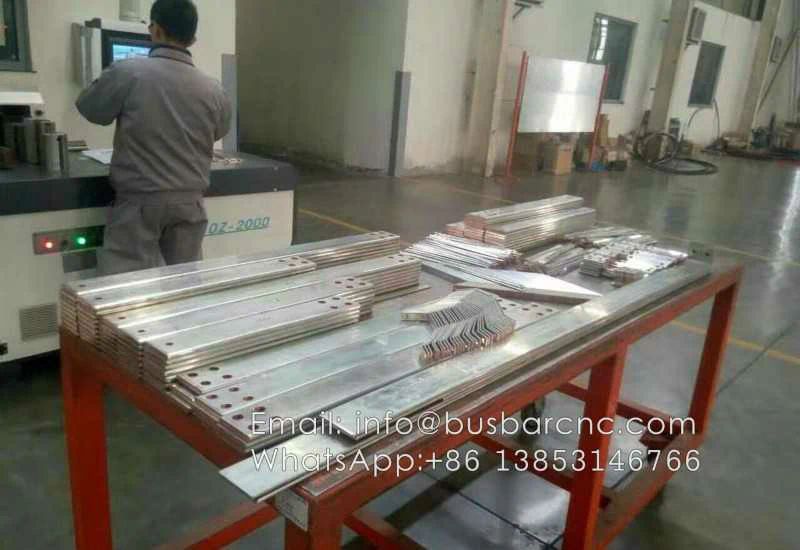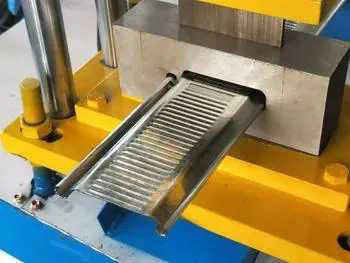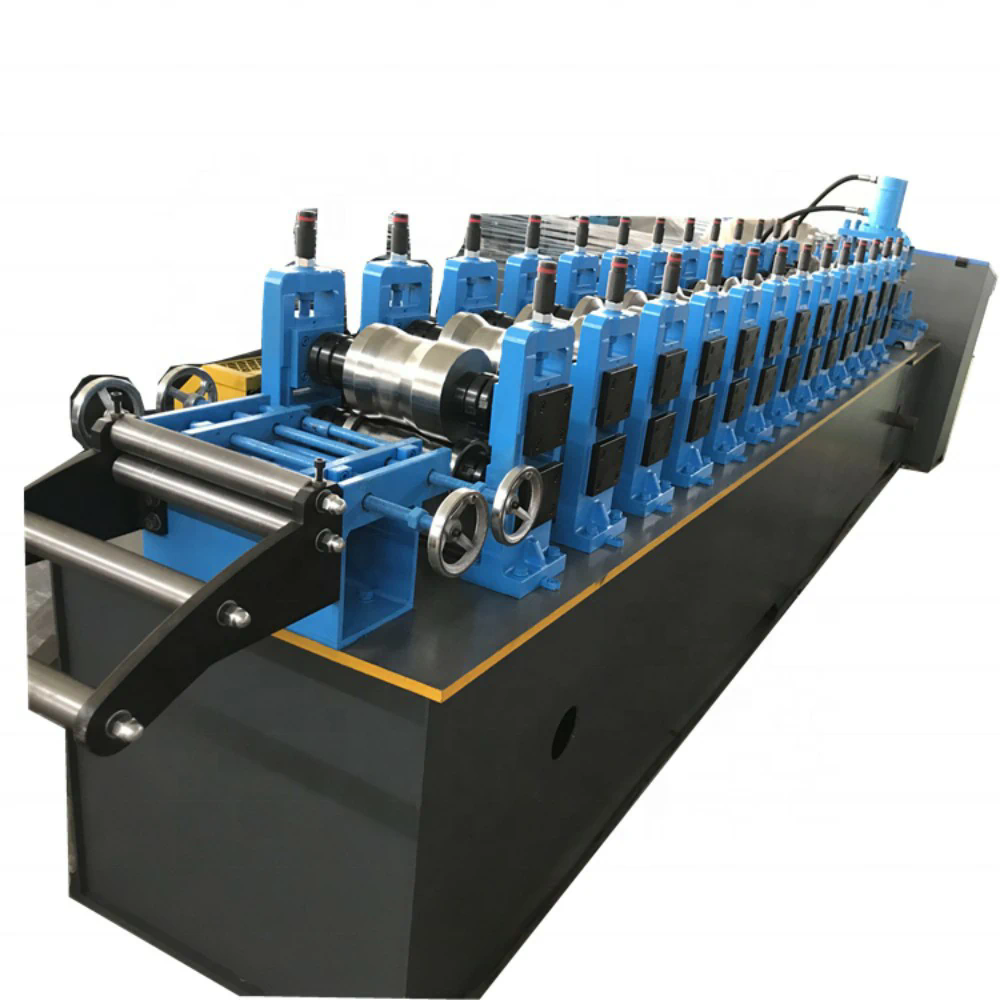A chip, amassing millions of transistors, is an extremely complex system.
In tiny places the size of fingernails, hundreds of millions of transistors and kilometers of wires are laid out, and the process difficulty is equivalent to building a high-rise building on a foundation the size of a human hair with a diameter of one-thousandth of a thousandth.
In the aerospace sector, every system is extremely complex. It can be said that every component, every screw, and every wire is involved in the success or failure of the entire model task. hmi tft lcm
The chip in the sky needs to be “domestic”
In recent years, in the field of aerospace, China has made rapid progress. China’s manned spaceflight has entered the “space station era”, and the Shenzhou 12th and 13th manned spacecraft have been successfully launched before and after, and for the first time they have entered the Chinese their own space station – tianhe core module.
In addition, through the long galaxy, Tianwen-1 successfully landed on Mars, successfully completing the set goal of “achieving Mars orbit, landing and inspection in one mission”.
The deployment of the Beidou-3 global satellite navigation system constellation has been fully completed, providing high-precision and reliable positioning, navigation, timing and short message services for all kinds of users worldwide, all-weather and all-day.
Behind the success of these aerospace fields is a process of arduous exploration by China. Whether it is the construction of the space station, or the landing of “Tianwen-1”, or the deployment of Beidou navigation, it is inseparable from one word – China’s “core”.
As a cutting-edge industry in aerospace, there is a great need for integrated circuits as its core. On the issue of whether the “Sky Core” is imported or domestic, we have already experimented. In fact, several key single machines of Beidou-2 are imported products, but in the development stage of beidou-3 flight test satellites, foreign countries began to implement import restrictions on China, and the delivery time of traveling wave tube amplifiers was generally delayed. A traveling-wave tube amplifier is a key device on the satellite that amplifies the navigation signal of a satellite. Foreign surfaces only delay the delivery time, but if it is delayed again and again, it will drag beidou down.
History has warned us again and again: core technologies cannot be bought, and they cannot wait. Beidou-3 also set the goal of “two hundred”: 100% localization of key components. Components star products are 100% localized.
Xie Jun, chief designer of the Beidou-3 satellite, once said: “As the chief engineer of the Beisan satellite, I spend almost half of my energy on the localization of components and component products. ”
It is precisely for this reason that we firmly take the road of localization.
Shenzhou 12 spacecraft has improved a number of localization chip applications, components and raw materials are fully independently controllable, and the control computer and data management computer used by the spacecraft completely use domestic CPU chips.
In the core cabin of “Tianhe”, more than 32 7100 integrated circuits such as 32 models provided by Beijing Institute of Microelectronics Technology (772 Institute) are used, including: processors, FPGAs, AD/DA, 1553B buses, large-capacity SRAM memory, and dedicated ASIC integrated circuits.
Since 2015, Beidou satellites have used domestic CPUs, ending their dependence on aerospace-grade chips. At that time, in the Beidou satellite, the Loongson CPU was used to link computers between the satellites. Two Loongson CPUs are used, namely Loongson 1E and Loongson 1F anti-irradiation processors. Loongson 1E is responsible for routine calculations, and Loongson 1F completes data acquisition, switch control, communication and other processing functions. At this time, loongson 1 family adopts 180nm CMOS process and 4 million transistors.
Since then, beidou satellites have all made the domestic CPU chips developed and produced by aerospace 772, and the 772 institute has provided nearly 40 independently developed and produced products.
It is worth noting that the most critical SoC in the “Tianhe” spaceborne computer, also developed by the 772 SPARV8 processor BM3803 to ensure the stable control of the core cabin. This SoC is a 32-bit RISC architecture.
In the field of spaceborne, China for the first time will achieve batch engineering application of Gallium Nitride power amplifier chips. The third generation of semiconductors has emerged in the field of aerospace, the launch mission of the Q&A experimental module, 55 institutes developed and equipped with a variety of microwave chips based on the third generation of semiconductor gallium nitride power amplifiers, as well as module components, gallium nitride field effect transistors and insulators, diodes and other products, respectively, used in the launch mission of the payload system, launch vehicle system, ground measurement and control system.
From the process point of view, now the Beidou system 28nm process chip has been mass production, 22nm process chip is about to be mass production. Compared with 180nm in 2015, Beidou has reached the international first-class level.
Aerospace-grade chip domestic process
Aerospace-grade localization components can be divided into 4 categories: the first category is that there are already localization device components, the research and development foundation is relatively good, and it can be directly selected; The second category is that development has begun, but has not yet completed the identification, and further verification is needed; The third category is that there are basic conditions for research and development in China, which can be developed, but have not yet been developed; The fourth category is that there is no research and development basis in China for the time being.
Compared with ordinary chips, aerospace-grade chips pay more attention to safety and stability performance, and in their production processes, special processes are required to meet strict design standards to adapt to complex space environments, such as strong cosmic rays, meteorite debris impacts, and steep drops in temperature.
In the early days of the construction of the Beidou system, the domestic Beidou chip was limited by factors such as technology and price, and was mainly used in special fields, such as public security, fire protection, emergency rescue, navigation, precision agriculture, surveying and mapping, etc., so the enterprises involved in chip design were mainly scientific research institutes. With the completion of the Beidou-3 system and the provision of global services, a large number of professional enterprises at home and abroad have entered the field, and the competition has become increasingly fierce.
In 2008, Shanghai Fucon Hualong Microsystem Technology Co., Ltd. released the first Beidou No. 1 RDSS processing chip in China – “Pilot One” (JFM7101). Since then, More than ten years, Fucon Hualong has successively released JFM7201, JFM7205, JFM7206, JFM7208 and other Beidou No. 2 baseband processing chips, as well as FH7301 and FH7302 two Beidou No. 3 baseband processing chips. JFM7208, FH7301, FH7302 all support Beidou at the same time.
Wuhan Haichuang Electronics Co., Ltd. for the “Shenzhou 12” development of high-precision, low aging, anti-vibration temperature supplement crystal oscillator instead of imported products, the performance is better than the import, completely realize the national production of independent controllable. Wuhan Haichuang Electronics is an “old enterprise” in Wuhan supporting aerospace, starting from the Dongfanghong No. 1 satellite, it has undertaken the supporting tasks of aerospace products. For half a century, all kinds of crystal frequency components and sensitive components developed and produced by Haichuang Electronics have been applied to various spacecraft such as Shenzhou, Tiangong and Tianwen.
Before 2020, there are already 10 Beidou navigation satellites carrying Loongson 3 CPU, and at the same time, there are also domestic Flash and power amplifier devices that have entered the satellite, and the specific suppliers are unknown.
Founded in 2008, Taidou Microelectronics launched the first Beidou navigation SOC baseband chip in China as early as the second year of its establishment. Today, more than 25 million chips come down the production line of Taidou Microelectronics every year, and 36.9% of domestic Beidou chips are produced from this “hidden champion”. Its 5th generation of digital-analog hybrid navigation chips, the process has reached 28 nanometers.
In addition to the Beidou satellite field, some chips in cutting-edge fields such as space stations and rockets are not something that companies can do, but are more completed by research institutes.
Beijing Institute of Microelectronics Technology (772 Institute) has made great contributions to the research of domestic components.
Provide CPU, FPGA and refresh circuits, 1553B bus, SRAM, AD/DA, logic level space core products for Tianzhou 4 cargo spacecraft; For the Changqi Yaowu carrier rocket, it provides FPGA, information processing circuit, AD/DA, 1553B bus and other space core products for navigation, telemetry, control, servo and other systems.
In the core module of Tianhe, the universal intelligent refresh control chip BSV2CQRH is provided to solve the single-particle effect problem encountered by SRAM-type FPGAs in space; B65608EAH SRAM memory is provided, which is mainly used to relay SSA-SMA terminal equipment in the Tianhe core cabin, which ensures the completion of the relay task of the space station and ground communication.
Aerospace Science and Industry Institute 203 is one of the earliest units in China to start the development and production of crystal components, as early as the Dongfanghong series to undertake the Supporting Tasks of China’s Aerospace Crystal Components Products, is the fixed-point supply unit of aerospace crystal components, and is also an advanced unit for the construction of aerospace components PCS.
summary
China must use its own chips on its own satellites. hmi tft lcm
Once, in May 1999, U.S. B-2 bombers, guided by GPS navigation, projected air-to-ground missiles to attack the Chinese Embassy in the Federal Republic of Yugoslavia. In the face of China’s serious protests and strong condemnation, the United States has used “accidental bombing” to prevaricate perfunctorily.
Later, after our Beidou-1 system opened the service, China took the initiative to turn off gps in an exercise, completely using the Beidou-1 system, and the terminal screen information was clear, shared in real time, accurate positioning, and smooth communication.
Why do we have to be localized?
Yang Changfeng, the chief designer of the Beidou-3 project, once explained: “The key core things must be in their own hands. After the first batch of our Beidou terminals came out, foreigners immediately reduced their chip price from 1,000 yuan to 500 yuan, and after the second generation of terminals came out, they reduced 500 yuan to 200 yuan, and we used 5 years to produce 5 new generations, and their prices dropped from 200, 100, 50 yuan, and now to 1 US dollar. We Beidou people have done our own chips to the extreme. ”


